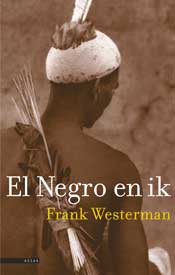Doris Lessing – Briefing for a descent into hell (1971)
I just had a wonderful moment reading the passages I had scanned from this book, years ago. Surely it talks about the ‘Primitives’ theme! Then I went trough some book reviews to refresh my memory of the whole picture. And guess what.. none of the reviews say even one word about the elements that have stricken me most in the book. read more…

To know the pygmies V: through their art
The more sources I find, the more the series “To know the pygmies” becomes a story about the impossibility to get any information not colored or filtered, or even invented, by Western authors. I have one more for you, a wonderful book about the textile art by pygmie women, a book that I marvel at but that is very incomplete at the same time. read more…

To know the pygmies IVbis: Pöli
Pöli is the name of a Baka woman who has been extensively interviewed, first by an author, then by a documentary filmmaker. read more…
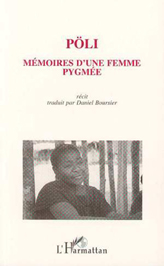
To know the Pygmies II: Colin Turnbull
In 1961, the anthropologist and musicologist Colin Turnbull published his book ‘The Forest People’ after a few long stays with the nomadic Mbuti. It is a personal account of his interests and adventures at the Mbuti in the Congo. It reads like a train. I highly recommend it. read more…

P.T. Barnum and Joice Heth
While in Europe exotic people were mostly exhibited in zoos, the USA had more traveling circuses. The most successful exhibitor was P.T.Barnum. His career started with exhibiting Joice Heth, an “ex-slave, 161 years of age, who had been the nurse of George Washington – father of the nation.”. read more…
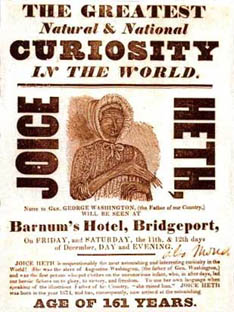
The Human Zoo
Before this research, I thought ‘Human Zoo’ was a way of saying things, based on the way we gaze at the animals in a zoo and metaphorically transmitted to how we gaze at the ‘other’ – the colonial other. My imagination had however led me far too far: the Human Zoo is a true fact of history.
The German Carl Hagenbeck started it. He was an internationally successful supplier of animals to zoos. In 1875, he had a herd of reindeers brought to Hamburg by authentic Sami complete with sledges, tents, utensils and dogs. So many people came to see, that Hagenbeck organised a tour. The Sami were examined by the Berliner Gesellschaft für Anthropologie, Ethnologie und Urgeschichte. Later he had Nubians and Inouit. It became his career, and of his sons. Between 1875 and 1940, in Germany alone, 400 of these groups were exhibited.
From 1907 on, he had his own zoo in Hamburg. read more…

Congolese exhibited in Belgium
During several World Fairs (1885-1897), Congolese were exhibited in Belgium. A ‘typical village’ was erected for them, in which they were asked to ‘do what they normally did’. Mostly, the women would have something at hand: care for the children, pound cassava,.. and the men not much; in some cases they just started helping the women. read more…

Saartjie Baartman – “La Vénus Noire”
Saartjie Baartman was a Southafrican San or Hottentot. She was displayed at London and Paris freakshows, from 1810 to 1815. Five years after her arrival, she died. The famous anthropologist, director of the Musée de l’Homme Georges Cuvier was very quick to claim her corpse. He took great care putting her brains, genitals and buttocks in jars with formalin, but he did not care to find out what caused her death. This way, he finally got a hold on her genitals, which she refused to show during her lifetime. read more…
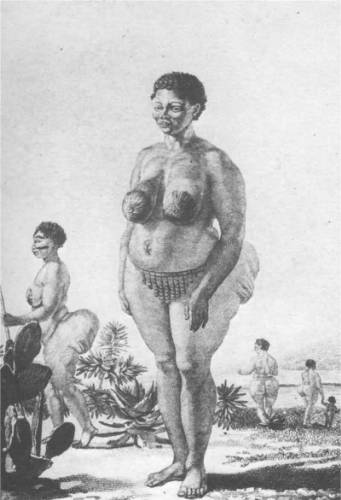
Ota Benga, the pygmy in the zoo
Throughout the years many of these stories crossed my path.
Of Ota Benga, for example, a Mbuti pygmy from Congo who travelled to the US with the reverend dr. Samuel Phillips Verner to be exhibited at the 1904 Saint Louis Fair.
Phillips Verner Bradford, historian and grandson of the reverend-explorer, wrote the book ‘Ota Benga, the pygmee in the zoo. One man’s degradation in Turn-of-the-Century Amerika,’ in which he took a dive into the archives to retrieve Ota Benga’s path. The story is amazing. read more…
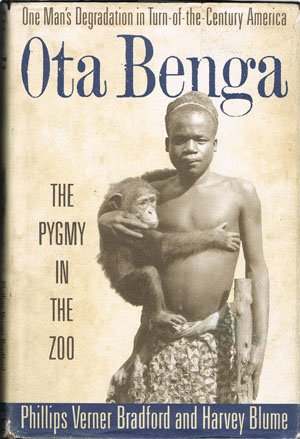
The N***** is in the Shrank
On the 2nd of october 1997 De Volkskrant and De Morgen featured an article, “The N***** is in the Shrank”. It was about a San, stolen from his grave by taxidermists in 1832, stuffed and shipped from Africa to Europe with a load of animals. He had been exhibited in Paris and was now on display at the museum Darder in Banyoles near Barcelona. A Haïtian doctor saw him in 1992 and alarmed the international community. read more…
